Dolphins In Captivity Right Or Wrong?
Keeping dolphins in captivity remains a controversial subject with many arguments for and against it.

Due to the remarkably high cognitive abilities of dolphins, they have become a popular target for dolphinariums, water parks and other amusement centers.
In fact, keeping dolphins in captivity has grown over time to become a big industry.
In recent times, you can even find them on display in places like casinos, and malls playing around and doing tricks to catch your attention. The most commonly captured dolphins are the common bottlenose dolphin and the orca or killer whale. The bottlenose dolphin in particular is a favorite because it’s relatively easier to maintain and train than the orca.
You may also get to participate in a swim with dolphin program. But the question remains: is keeping dolphins in captivity right or wrong?
Dolphins In Captivity: Why Does It Happen?
- For Research
Why is dolphin captivity even necessary in the first place? Well, for one thing researchers say it’s a vital need.
A lot of them argue that they need to study dolphins in a controlled environment and that wouldn’t be possible in the wild. Captive dolphins can teach people a lot of things about conserving marine life. Not everyone gets the opportunity to study dolphins or even come close to them in the wild, thus captivity may be a more convenient way of doing so.
- For Entertainment
Various business concerns keep hundreds of dolphins in captivity to entertain a paid audience. These sea creatures are trained to perform an array of exaggerated tricks to the amusement of the crowd.
However, much of the excitement of the trainers and the appearance of happiness the dolphins display hides many problem that these parks don’t want you to know about.
The Ugly Side Of Dolphins In Captivity
In the 2013 American documentary Blackfish, the public got an inside look at what it really takes to keep a dolphin (in this case an orca) in captivity. In summary, it followed the story of a captive orca named Tilikum.
This orca was the star performer at many of the shows at SeaWorld Orlando but during his time there, he killed 3 people including his trainer, Dawn Bancheau. Experts were convinced he showed this kind of aggression because of the stress of captivity.
However, the stress these animals go through starts well before they even get to these parks. It starts during their capture and journey to land.
How Dolphins Are Captured 
What does it take to capture a dolphin?
When humans capture these dolphins, we’re actually tearing them away from their natural habitat and their descendants forever.
Fisherman pursue them in high speed boats then catch them in nets. Thereafter, these obviously terrified animals are transported in trucks and moved into airplanes depending on how far they are going.
Their final destination for the rest of their lives is now an artificial man-made residence. Though many dolphins don’t survive this forced and sadistic migration, the practice still persists. Even if they survive, they get to live enclosed in a cement tank and tolerate the irritating but never-ending buzz of the water filters.
In addition, they have to entertain a crowd and put up with all that shrieking and noise from the excited audiences. Remember, this not the story of a single dolphin: it applies to them all.
Should it even be legal to force another species live such a life till death?
Countries That Have Banned Keeping Dolphins In Captivity.
All this may sound shocking but it’s the plain truth: these super smart, emotional, and intelligent beings are captured just for your entertainment.
In fact, this issue is so serious that some countries have come out to ban keeping dolphins in captivity. They include: Bolivia, Costa Rica, Chile, Cyprus, Greece, Hungary, India, Nicaragua, Slovenia, Switzerland, some states in the USA.
Countries like the UK, Norway, and Luxembourg have not banned dolphins in captivity outright but the standards for keeping them are so strict it’s just not worth it.
Dolphins are for the sea, not for tanks. Also, their life expectancy is pretty much low in tanks when compared to their counterparts in the wild. That’s another point that makes dolphin captivity a bad idea.
Keeping dolphins in captivity never was and never will be right.

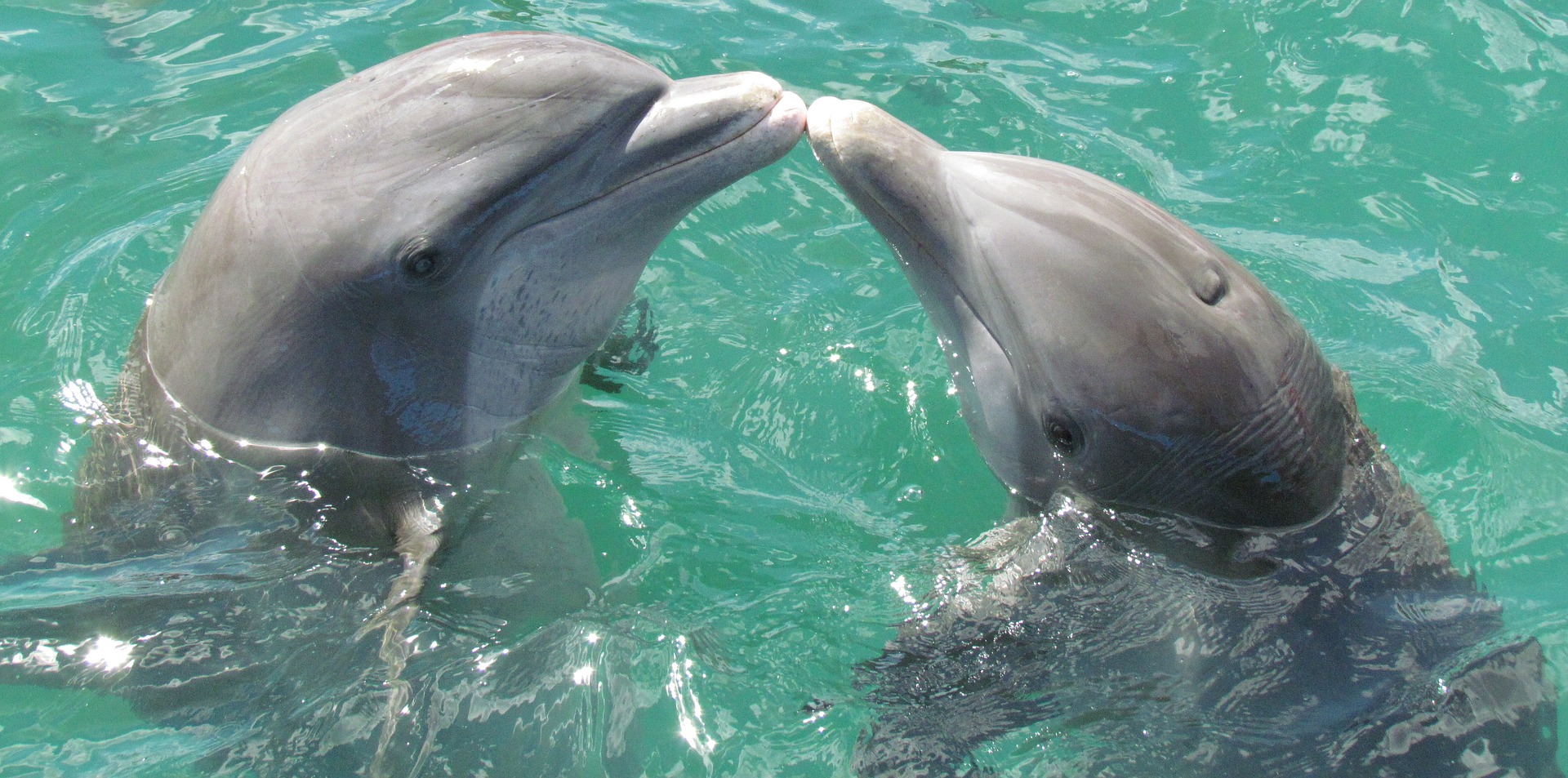
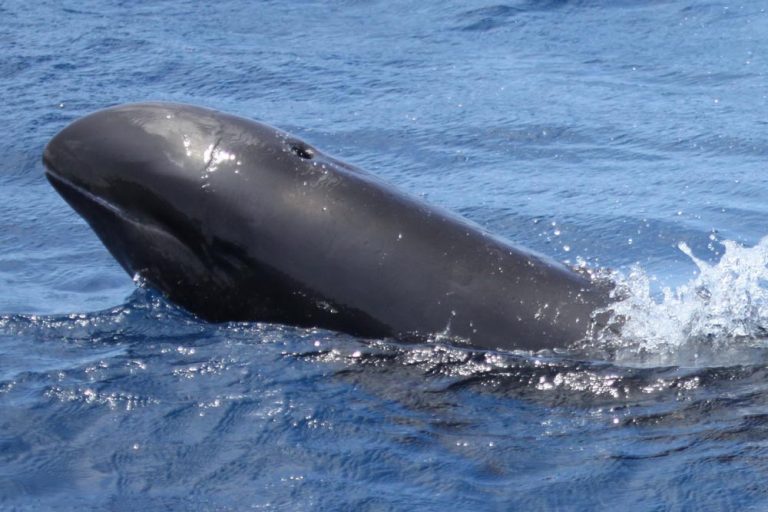
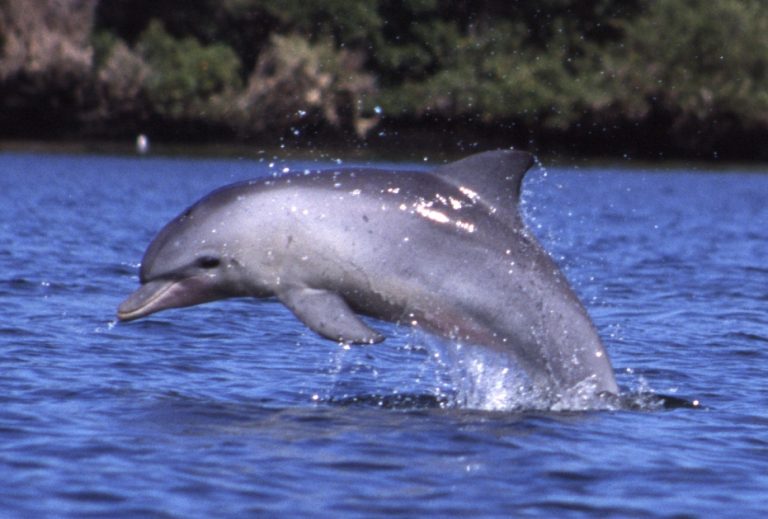
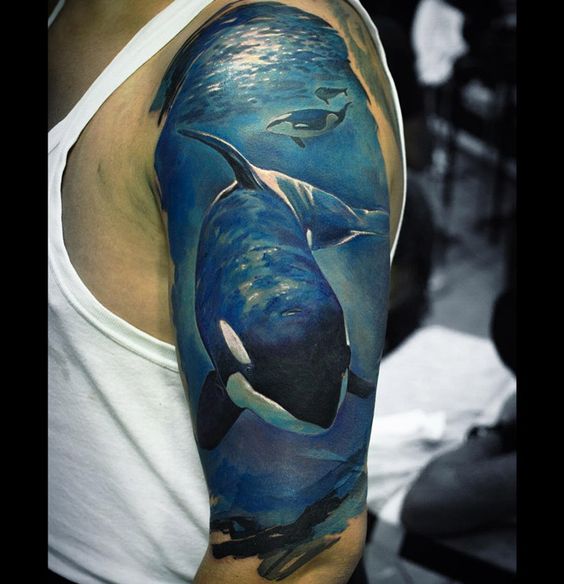
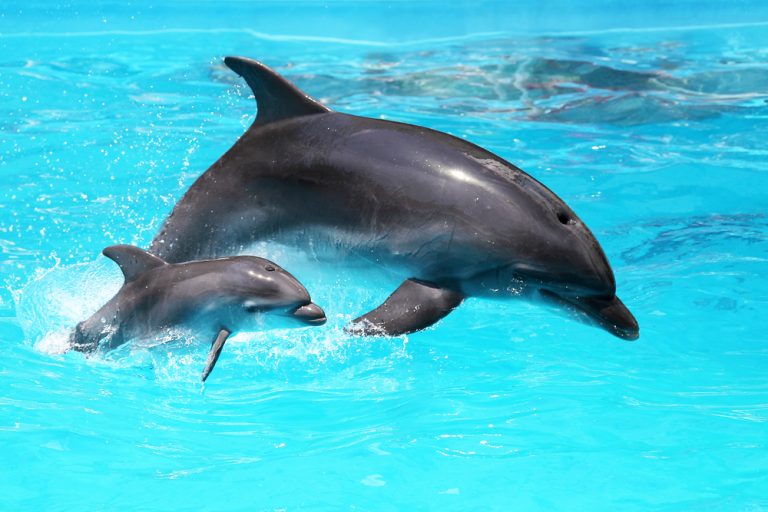
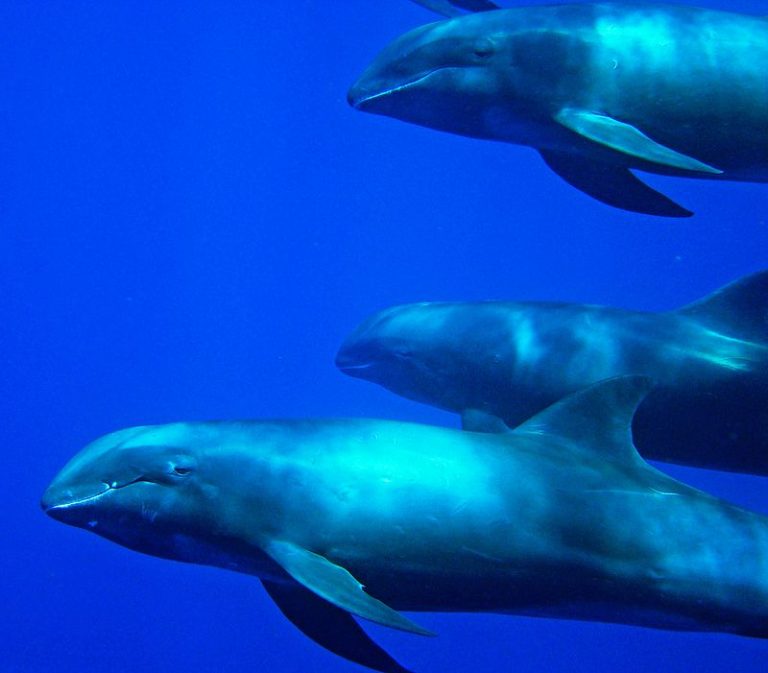
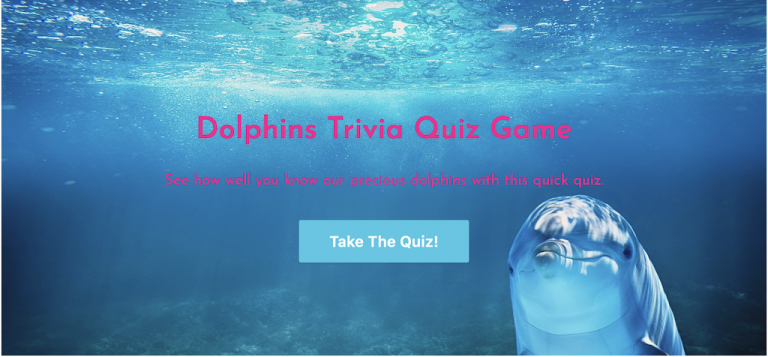
my kids are obsessed with dolphins and i hate the idea of animals or marine creatures being kept like that